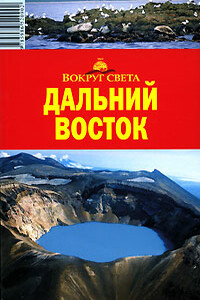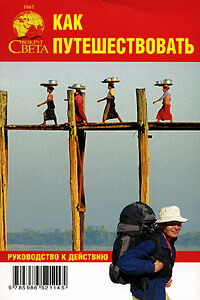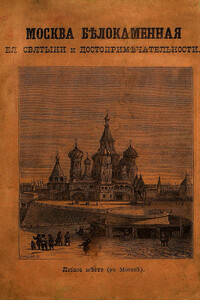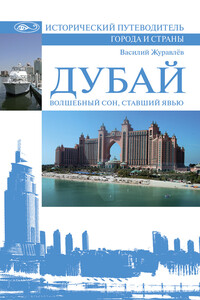Симферопольский клад | страница 10
The contents of treasures are of much interest for the study of the economic and cultural ties of peoples, the development of handicrafts, art, etc. They are kept and studied at museums in our country.
Numerous treasures found on the territory of the USSR and belonging to various periods in the history of society, starting with the epoch of the bronze, are kept at the Order of Lenin State History Museum. Some of these treasures are on display in the museum's halls.
Most of the treasures of Eastern Europe date to the period of the establishment of states (9th-10th centuries) and to the period of feudal division (11th-13th centuries). Owners of the property feared to lose their wealth during raids by nomads (Pechenegs, Polovtsi, Tatar-Mongols) who pillaged Russian lands, or uprisings of townspeople and peasants against feudal lords, and also during wars among feudal princes. That is the reason why most of the treasures were hidden in those epochs.
In 1967 the museum's archeological department was enriched by an interesting treasure that was discovered near Simferopol. The treasure consisted of various gold and silver decorations with inserts of gems and pearls, gold coins and pendants of gold disks imitating coins, silver paitsa and vessels, cornelian beads and many other objects. There were 328 items in the treasure, the silver and gold weighing 2 kilogrammes 584 grammes.
Gold dinars of Indian sultans in the treasure minted in Delhi in the first half of the 14th century and a dinar minted in 1298-1299, gold pendants of coin-shaped disks imitating North African coins of the early 14th century and jewellery dating to the second half of the 14th century and early 15th century give reason to suppose that this rich treasure was concealed not earlier than the beginning of the 15th century.
That was the time of decline of the once powerful state of the Golden Horde which had existed for more than 200 years - from the 1240s till its final collapse in the 1480s. The Tatar-Mongol state, formed by the seizure of foreign lands, occupied a huge territory populated by many nations at different stages of their social and cultural development. The state stretched from the Danube in the west to the Irtysh in the east. In the south-east it included the lands of the northern Khoresm with the town of Urgench and the lower reaches of the Syrdarya, in the north - lands of the Volga-Kama Bulgaria, in the south - the North Caucasus and the Crimea. Russian princedoms, too, were in vassal dependence on the Golden Horde.



